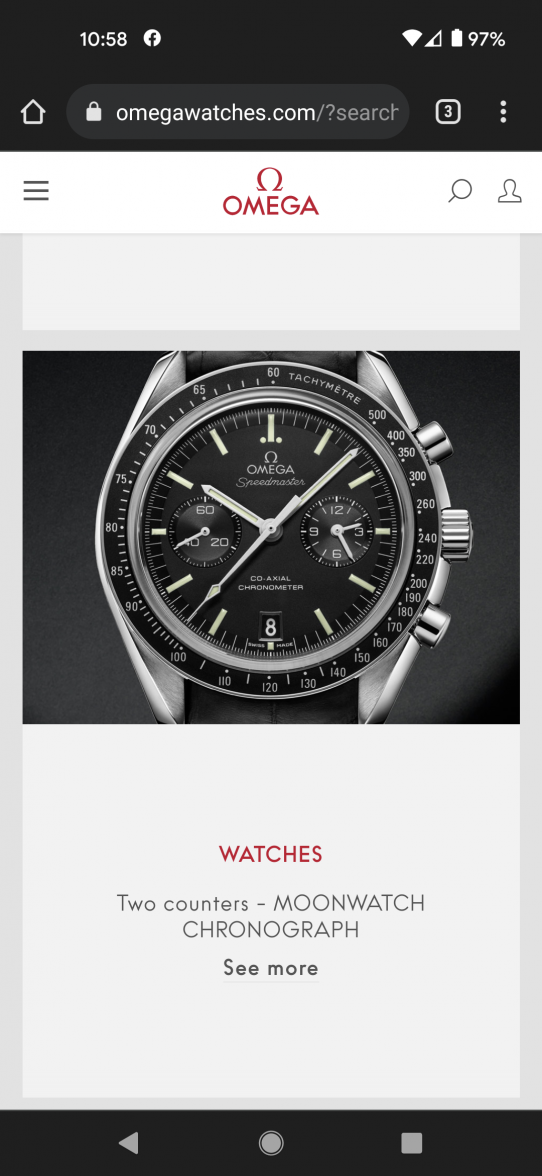cvalue13
·PS: for reasons noted above, I’ve always suspected the NASA selected the watch they did primarily for the robustness of the chronograph and the chronograph function itself, with little regard for the actual time-telling function.
Because all else being equal, space travel benefits from a 24hr time telling model (which is why NASA/HOUSTON use it, as well as other aviation, medicine, etc., where accuracy and clarity are paramount), and further a double-twelve model primarily assumes it’s accuracy from the position of earth, with night/day itself performing part of the watch’s job. Whereas on ISS, there are ~32 sunrises/sunsets in each 24hr period - disorienting!
Because all else being equal, space travel benefits from a 24hr time telling model (which is why NASA/HOUSTON use it, as well as other aviation, medicine, etc., where accuracy and clarity are paramount), and further a double-twelve model primarily assumes it’s accuracy from the position of earth, with night/day itself performing part of the watch’s job. Whereas on ISS, there are ~32 sunrises/sunsets in each 24hr period - disorienting!



